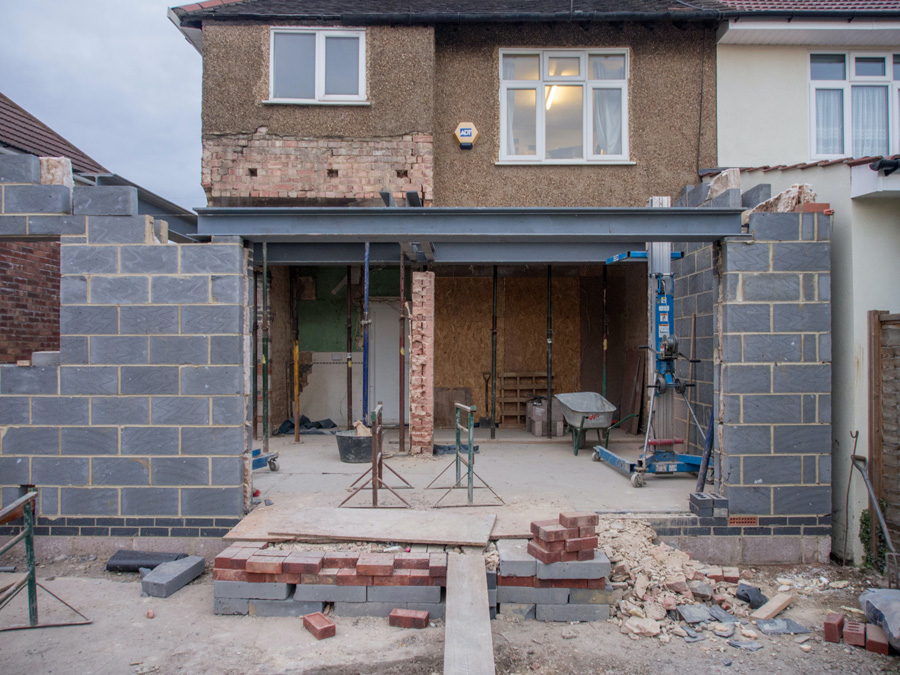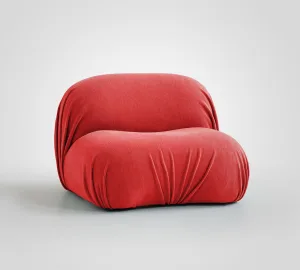When it comes to a major home renovation, such as an extension, you might be concerned about the potential environmental impact of such a project. It’s no small ask, will require plenty of resources, not to mention the disruption to complete. However, that’s not to say that it has to be entirely wasteful. Here, we’re going to look at some of the ways you can ensure there’s a real eco-friendly approach to building an extension for your home.
Mind the carbon footprint of the materials
As with any building job, there is a selection of materials that can be used and you want to make sure that you’re choosing the materials that have the lowest possible impact on the environment while being within your budget. The average builder may not have this knowledge on hand, so it’s worth taking the time to research with the help of sites like architectmagazine.com, many of which are looking hard to find sustainable materials that can make it a lot less wasteful. For instance, you can look at the materials that offer the lowest carbon footprint and make using them a priority.
Look at recycled or reclaimed materials
There may be the opportunity to skip the usage of new materials entirely. After all, when materials are no longer needed for construction, they typically become waste, but it doesn’t mean that these materials aren’t any good for building anymore. Using repurposed or reclaimed materials can not only save you money on the project, but it can also avoid the waste associated with buying and transporting new materials, entirely. You can find reclaimed wood, beams, doors, copper, flooring, and more if you know where to look around. There are various sites like elemental.green that can help point you in the right direction. There’s no guarantee you can find enough to build an entire extension, but you can offset some of the cost and waste of relying entirely on new materials.
Consider using polycarbonate sheets
If you’re building a conservatory, a greenhouse, or anything that exposes the space within to the sunlight in a measured way, then you might want to look at materials that offer a lot more in terms of eco-friendliness than just glass. Compared to things like glass, polycarbonate has an excellent life cycle, lasting up to 20 years, and they are totally recyclable, meaning it can work very well as both roofing and window material from suppliers like clearambershop.com. It also offers great UV protection, which can make it a lot easier to control the climate within the space, as well as protect the materials inside from the cracking and fading that can come with UV exposure. Just make sure that you’re choosing sheets that are UV protected, not UV stable or UV resistant.
Consider bamboo flooring
You might not consider flooring to be a part of any property that has much impact on the environment, but you might be mistaken. Certain flooring types, like vinyl flooring, can release volatile organic compounds, also known as VOCs, over time, which can be bad for your own health as well as the health of the environment around you. On the other hand, there are others using materials like bamboo which is fast becoming more popular. Aside from being light and relatively inexpensive, it’s also very strong and achieves much the same look and feel as hardwood. However, it’s a lot more sustainable and environmentally friendly than hardwood due to the fact that bamboo can be grown and harvested in a much shorter period of time.
Use it for solar panels
If you’re not letting light in through the roof of the space, then you might want to take better advantage of what additional roof space an extension can offer your home. Adding solar panels to your home can come with a considerable extra cost, though it is worth noting that there is a lot of financial assistance that might be available depending on where you’re based. You can look at sites like letsgosolar.com, which can help you find grants and other programs that can help you install these panels. In exchange, you can enjoy lower energy bills while using your new extension to generate renewable energy, reducing your reliance on fossil fuels.
Upcycle your decor inside
Of course, it’s not all just about the extension itself. You should be looking just as closely at how you decorate the space that you’re extending, too. If you’re a little concerned about the environmental cost of building such a space, then you’re not going to want to cause even more waste through the choice of furniture and fixtures that you use to decorate it, as well. As such, you should take the time to research some fun upcycling decor ideas for your home. If there isn’t an upcycling store near you, then a pre-owned furniture store can work just as well, as you can find all kinds of guides online on how to upcycle older and pre-loved furniture, yourself.
Be mindful of the environment
It’s a more general tip to end with, but you should always think about the environment directly surrounding your property and how it is likely to be affected by any projects you take on. Are you going to have to break in any previously untouched ground? Is there any risk of contaminating the nearby soil or ruining habitats? Or can you use your extension to even benefit the local environment? There may be steps you can take to mitigate these disruptions, but it’s a decision that you’re going to have to take the time to think about on your own.
Extending a home takes a lot of work and it will take even more if you want to ensure that it’s as green as it can be. However, with the tips above, you can at least ensure that you’re doing your part to make your home less of a burden on the environment as you build it.







